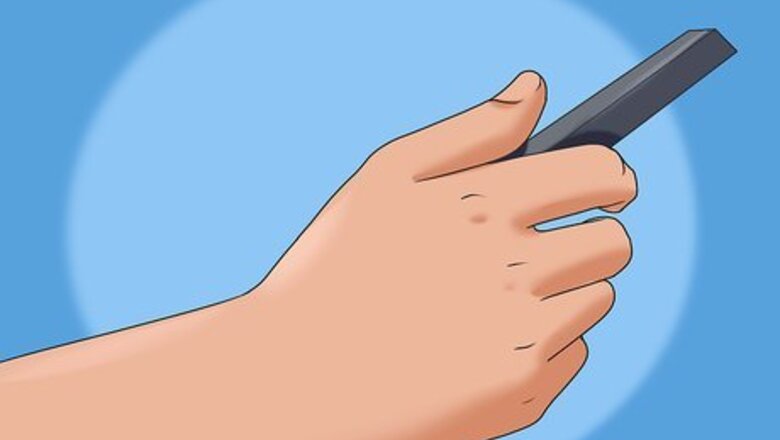
views
Magnetizing Steel Using an Existing Magnet
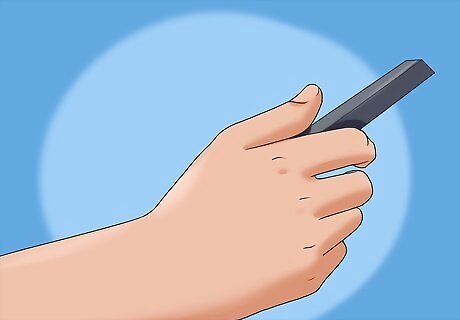
Use this to quickly make a temporary magnet. Keep a strong magnet around, and you can magnetize some types of steel with a couple minutes of work. This turns the steel into a weak magnet that loses its magnetism over time. This method is ideal for magnetizing a screwdriver, nail, or needle just before use so they are attracted to metal and won’t easily get lost. You can also use it to restore magnetism to an old compass needle or another weakened magnet.
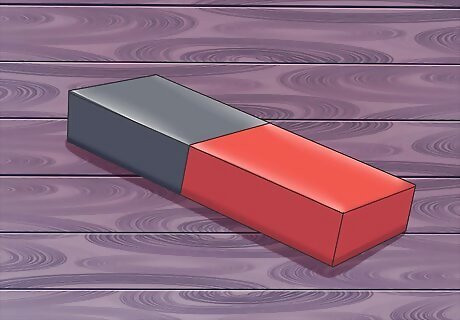
Find a strong magnet. You can use any magnet to "pass on" the magnetism to the steel, but ordinary refrigerator magnets will have a very weak effect. Neodymium or other rare-earth magnets are good options, available at home improvement stores, hobby stores, or specialized online magnet stores. You can also purchase a "tool magnetizer" designed for this purpose.
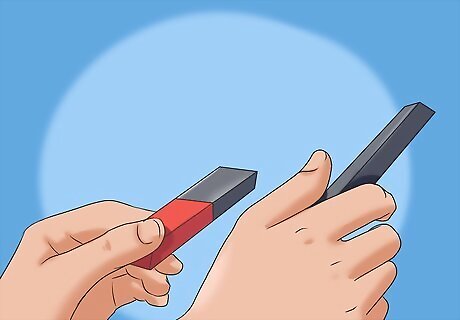
Test the steel's reaction to the magnet. If the steel isn’t attracted to the magnet, it can't be turned into a magnet itself. Also note that this method is easiest to use on long, thin pieces of steel, such as screwdrivers or nails, but will work on any shape of steel. If you're considering purchasing stainless steel and can't investigate it before buying, ask the manufacturer what type of steel it is. You'll want "ferritic" stainless steel or stainless steel graded as part of the "400 series." Coincidentally, the varieties that can be magnetized tend to be cheaper, but that's not universally true.
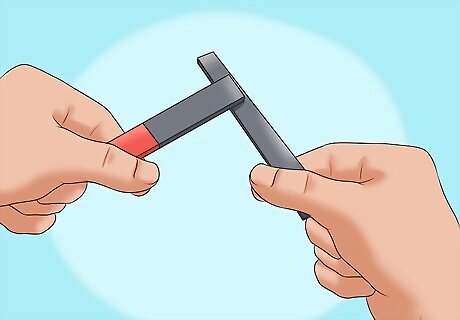
Stroke the magnet along half the steel, repeatedly. Hold the steel object in one hand. Stick the magnet anywhere on the steel about halfway along its length, then drag it to one tip. Repeat several times, stroking only in one direction, and only along half of the steel. The more you do this, the more magnetized the steel will become. You can magnetize a ball bearing or other small, steel object by rubbing the steel along the magnet, instead of vice versa.
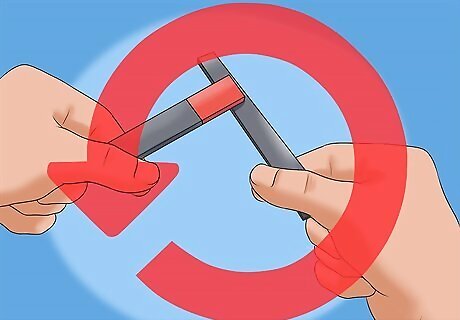
Stroke the opposite end of the magnet along the other half. Flip the magnet over so the other pole touches the steel. Place it against the steel at the midpoint again, but drag it the other way, toward the end of the steel that wasn't rubbed earlier. Repeat until the steel can pick up a paper clip, or continue to rub to increase the strength slightly. If you're not sure where the two poles are located on the magnet, test them using a second magnet. One pole will attract a surface of the other magnet, and the opposite pole will repel the same surface.
Magnetize Steel Using a Battery
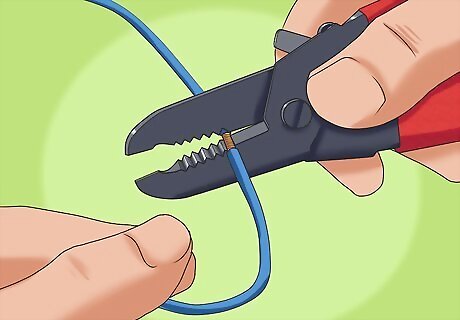
Strip the insulation off both ends of a wire. Using wire stripping pliers, strip about 1 in (2.5 cm) of insulation from each end of an insulated wire. You'll need enough wire to wrap around your steel object at least 10 times. "Enameled wire" with thin insulation will have a stronger effect. Do not use bare wire without insulation, as this will interrupt the current and fail to work. Supervise young children while they work with wires.
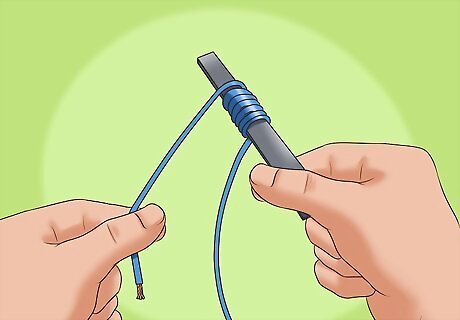
Wrap the wire around the steel. Leaving a couple inches (several centimeters) of wire at each end, wrap the insulated portion around the steel. The steel will become more magnetic the more times you wrap the wire. Use at least 10 loops for nails, and several dozen for larger objects. Alternatively, wrap the wire around a heat-proof plastic tube large enough to insert your steel through. If a regular magnet is not attracted to the steel, don't bother trying to magnetize it with a battery. Some types of stainless steel cannot be magnetized.
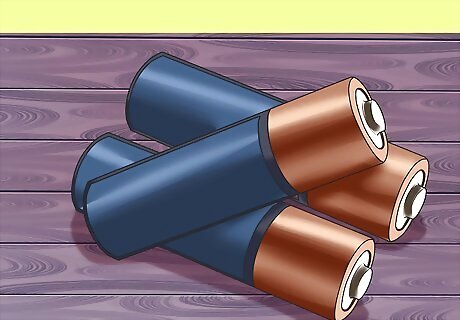
Select a low-voltage battery. An ordinary 1.5V or 3V battery will provide a safe, DC power source sufficient to magnetize nails or screws. Larger steel objects may require a higher voltage battery, but these will create more heat, and a more dangerous electrical shock if handled improperly. A 12V car battery can be used if it is removed from the vehicle and the safety precautions below are followed, but higher voltages are not recommended. Never use an electrical outlet or other AC power supply, as the high voltage could blow your house fuse or create serious safety risks.

Use rubber gloves and rubber-handled tools. These will prevent the electrical current from reaching you. Although low-voltage household batteries are harmless in this respect, you may want gloves anyway as the metal can get quite hot if left in the coil.
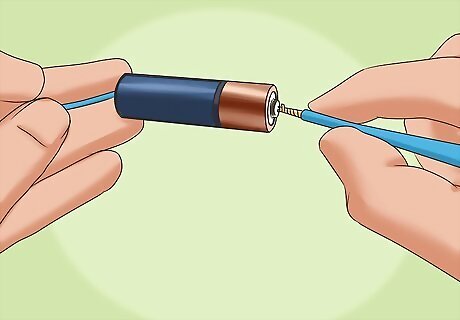
Connect the wire ends to the battery. Attach one of the stripped wire ends to the positive terminal of the battery. Attach the other wire end to the negative terminal of the battery. For small household batteries, wrapping the wire around a brass paper fastener will make it easier to keep them together. Place the fastener head on the battery so the wire makes contact, then use tape or rubber bands to attach the fastener arms to the side of the battery. An additional rubber band holding the fasteners in place lengthwise will make a more sturdy connection. If using a higher-voltage battery, you may see sparks when the circuit is completed. Only hold the wire by the insulated portion.
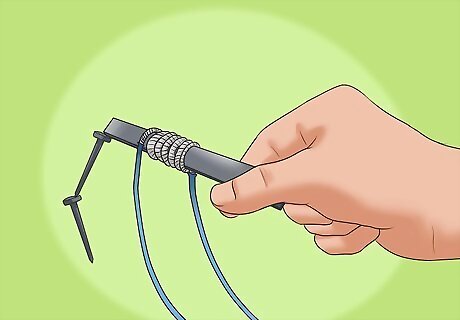
Test the steel. An electrical current flowing through the coil creates a magnetic field, which will magnetize any ferromagnetic metal placed inside it. If your variety of steel can be magnetized, it should be able to pick up small iron objects after a short time in the coil. Putting magnetized steel through the coil a second time will demagnetize it again.
Magnetizing Steel without Special Tools

Find north. If you have a compass, the needle will point directly to magnetic north. Otherwise finding true north should be good enough for this method.
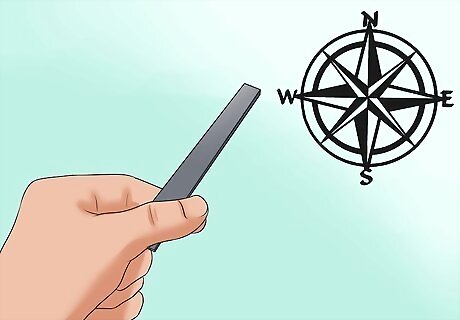
Arrange the steel so it points north. Put the steel object down, so its longest dimension is laid out north-to-south. This method will not work well for small objects or steel balls that cannot be arranged north-south.
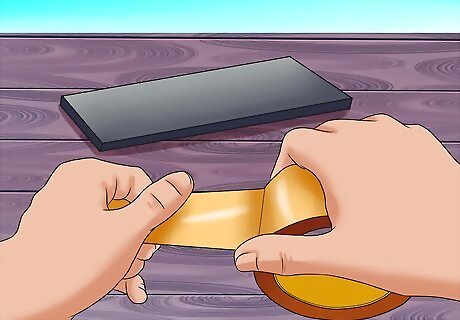
Hold the steel in place. Tape the steel down or use a clamp or vise to hold it in place.
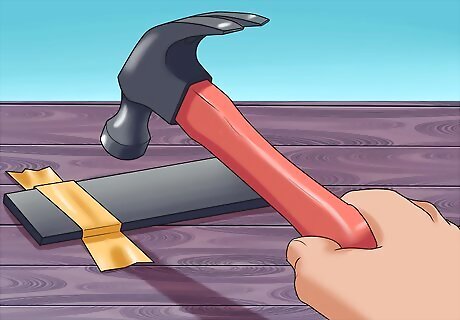
Strike the steel with a hammer repeatedly. Bash the end of the steel object repeatedly. The steel will gradually become a weak magnet and get slightly stronger each time you strike it. Test this by holding a paper clip next to the steel periodically. Some types of steel cannot be magnetized at home. Try a different steel object if you notice no magnetic effect at all, or switch to iron.
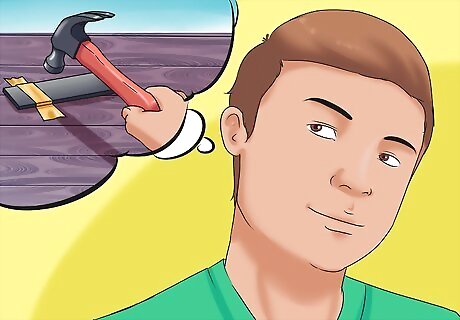
Understand why this works. The added energy from striking the metal allows the atomic-level magnetic domains to rearrange themselves in a magnetic field. Since the planet's iron core produces its own magnetic field, these miniature magnets rearrange themselves to point north. Once enough jostling has occurred, all these miniature magnets pointed in the same direction creates a magnetic effect strong enough for us to notice.




















Comments
0 comment